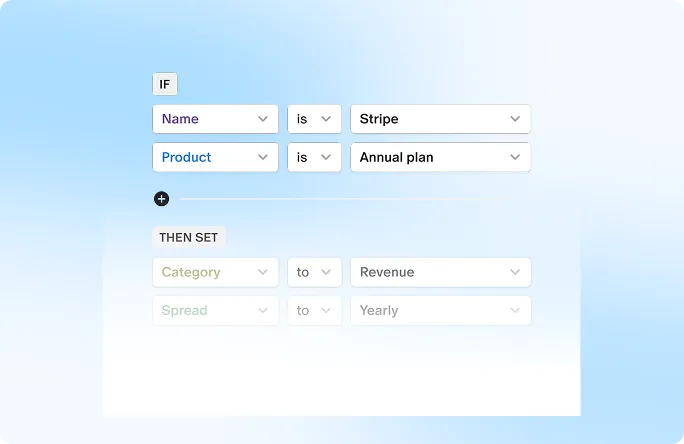CapTable stands for Capitalization Table, which mainly functions as the ledger for equity ownership within a company, detailing the ownership structure of the company. Ensuring that the captable is maintained well, and it accurate and updated frequently allows for companies to have better and more transparent distribution of equity, fundraise successfully, and meet all the legal and regulatory compliance laws. It also plays a vital role in attracting top talent in the industry.
This blog focuses on the different aspects of captable management and provides you with more information on some mistakes to avoid, some of the best practices to take on, and help navigate through the complex idea that is a cap table.
Understanding CapTables
A captable is a comprehensive, and well-detailed account of the equity ownership structure present within a company and allows us to see who owns how much of the business.
The Key Elements of a CapTable are:
1. Share Classes, which help distinguish between the different types of ownership within a company.
2. Equity Ownership, which helps outline the distribution of the stakes among all the partaking parties.
3. Shareholders are listed with the exact number of shares they own.
4. Valuation metrics allow people to see the estimated worth of the firm.
Captables are of immense important to startups which are looking for funding, and for businesses that are planning on restructuring, or just any organization that wishes to maintain transparency and clarity for equity management purposes.
Importance of Effective Cap Table Management
1. Ensuring Transparent Equity Management:
Captables that are managed effectively can help provide clear and easily accessible records of what stakes are owned by whom, which though used for internal records, can also help instill trust and confidence in all stakeholders. The transparency helps build faith and fosters a more positive environment.
2. Facilitating Investment:
Businesses seeking funding can find a good captable invaluable as it provides all the information required regarding ownership in a well-organized and accurate manner.
3. Compliance with Legal Requirements:
Different laws and reporting obligations need companies to have an accurate and updated record of all equity distribution. So having a well-organized captable prevents having to deal with complications, fines and saves the company's reputation.
4. Attracting and Retaining Talent:
Clear and precise ownership records grows more trust in employees, making a company more appealing, thereby giving them the opportunity to attract top talent.
Best Practices for CapTable Management
1. Start Early
If a captable is started right with the company's inception, the company has a better chance of maintaining and updating the equity ownership structures from day one. This can help lay the perfect foundation for when the company grows.
2. Use Updated Technology
Different CapTable Management Software can help streamline and automate the process, helping the firm by reducing errors and maintaining accuracy and compliance.
3. Keep Accurate Records
It is important to maintain records of shareholder information, equity grants, and vesting schedules. All three elements help form a cohesive and comprehensive cap table, providing information on agreements, reflecting changes made over time, and determining equity values for investors interested.
4. Communication is Key
Regularly updating shareholders, with the aim to provide information on the progress made by the company, its financial health and any changes made to the equity ownership structure are vital to create trust and align values and goals for all stakeholders.
5. Regularly update
The captable must be updated frequently, especially after all the funding rounds, to introduce the new investors and reflect changes in equity structure, as well as after every equity transaction, whether that be grants, stock options, or transfers.
6. Plan for Different Scenarios
It is important to plan for possible financial situations, such as exit strategies, including M&As, or IPOs, as well as include the amenities to accommodate future employee equity grants. This can help the company in avoiding dilution and maintain an incentivized workforce.
7. Seek Legal and Financial Expertise
Consulting with professionals who are experts in the field of equity regulations can help guide a firm through the requirements and even complex transactions. Financial Advisors also help provide special insights on valuation or funding strategies.
Common Mistakes to Avoid
1. Neglecting proper CapTable Management:
Improper management or lack of management of the captable for the firm can only lead to chaos and hinder the process of fundraising and decision-making, also causing a lack of transparency.
2. Ignoring Changes made in Ownership:
Failure to promptly showcase ownership changes can be detrimental to the trust levels in all stakeholders, leading to legal issues or disputes.
3. Failure to Communicate Changes:
There is more confusion and a loss of trust facing a company when they fail to communicate changes made in the captable to all the relevant parties and stakeholders.
4. Understanding Legal and Compliance Risks:
Failure to recognize the importance of legal and compliance regulations can only lead to more trouble, including legal complications, regulatory fines, and damage to the reputation.
Conclusion:
In conclusion, effective captable management can be a pivotal stepping-stone towards success, helping a company by breeding clarity, trust and aiding the process of strategic growth. This blog focuses on the importance of taking the right steps while handling cap tables, and some common mistakes that must be avoided to prevent any pitfalls in the process.
Captables are truly invaluable, helping your company as it evolves, in multiple processes, such as funding, decision making and planning. It will continue to remain a central part of the corporate world, and effectively managing it can only help you succeed sooner. So, reach out to Qapita, and let us help you plan your cap tables to reach your maximum potential.


 Equity management
Equity management

 Fund management
Fund management

 Fund management
Fund management

 Fund management
Fund management






































